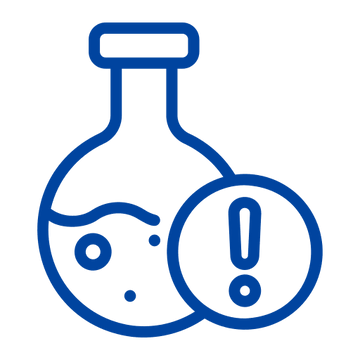The updated IB Diploma Physics curriculum reflects a shift towards streamlining content and integrating practical applications across a broader scope. Here's an overview of key changes and enhancements:
1. Removal of Options
- The removal of the former four Options significantly reduces the syllabus content.
- Some topics from the Options are now integrated into the core syllabus, ensuring all students are exposed to applied and global aspects of chemistry, such as:
- Bonding triangle (Option A)
- Biofuels (Option B)
- Fuel cells (Option C)
- Separation techniques (Option D)
- This integration ensures a comprehensive and universal exposure to relevant topics.
2. Introduction of Two Main Themes
- The syllabus is now divided into two central themes:
- Structure
- Reactivity
- Emphasis is placed on the use of models in chemistry, their limitations, and evolution.
- Reaction mechanisms are now simplified into four types, defined by sub-atomic particle behavior.
- Despite an initial impression of a significant change, this organization is streamlined and emphasizes the dependence of reactivity on structure.
3. Guiding Questions
- Guiding Questions are introduced at the beginning of each sub-topic to encourage:
- Exploration of prior knowledge.
- Structuring the sequence of lessons.
- Assessing understanding at various stages.
- These open-ended questions support deeper engagement and revision:
- HL students can offer more comprehensive answers at the end of units.
4. Skill Introduction
- A new section, "Skills in the Study of Chemistry", replaces the previous "prescribed practicals."
- This section:
- Acts as a checklist of required skills.
- Offers flexibility for teachers to decide when and how to teach these skills (e.g., distillation can be taught in various contexts).
- Clarifies expectations for techniques, technology use, and mathematical applications.
5. Linking Questions
- Linking Questions emphasize connections between different sub-topics and broader themes:
- They help build a networked understanding.
- Incorporate the Nature of Science (NOS) and unifying concepts.
- Highlight real-world applications and limitations of models.
- While not explicitly examined, these questions are foundational for holistic understanding and assessment.
This new approach reinforces conceptual clarity, networked learning, and flexibility, making the curriculum more aligned with real-world applications and modern pedagogical practice





